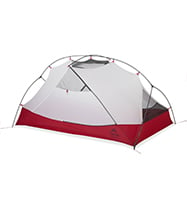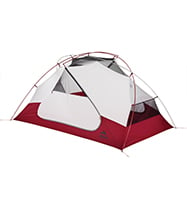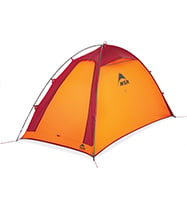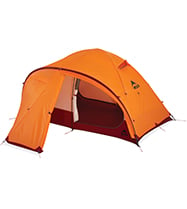3-Season vs. 4-Season Tent: Which is Right for You?
First, instead of thinking about these definitions based purely on season, it helps to think in terms of what the tents are designed to handle.
What’s the difference between a 3-season and 4-season tent?
It seems obvious: a 3-season tent is for use during three of the seasons and a 4-season tent in the fourth one, right? Well, yes and no.
Instead of thinking about these definitions based purely on seasonality, it helps to think in terms of what the tents are designed to handle.
At the most basic level, a 4-season (or winter) tent is designed to withstand extreme weather, holding up to fierce winds and heavy snow loads. A 3-season (or backpacking) tent is designed for lightweight performance and breathability. Therefore, deciding which is right for you depends on the environment and conditions in which you’ll be camping, rather than the season. Let’s take a closer look at their differences:
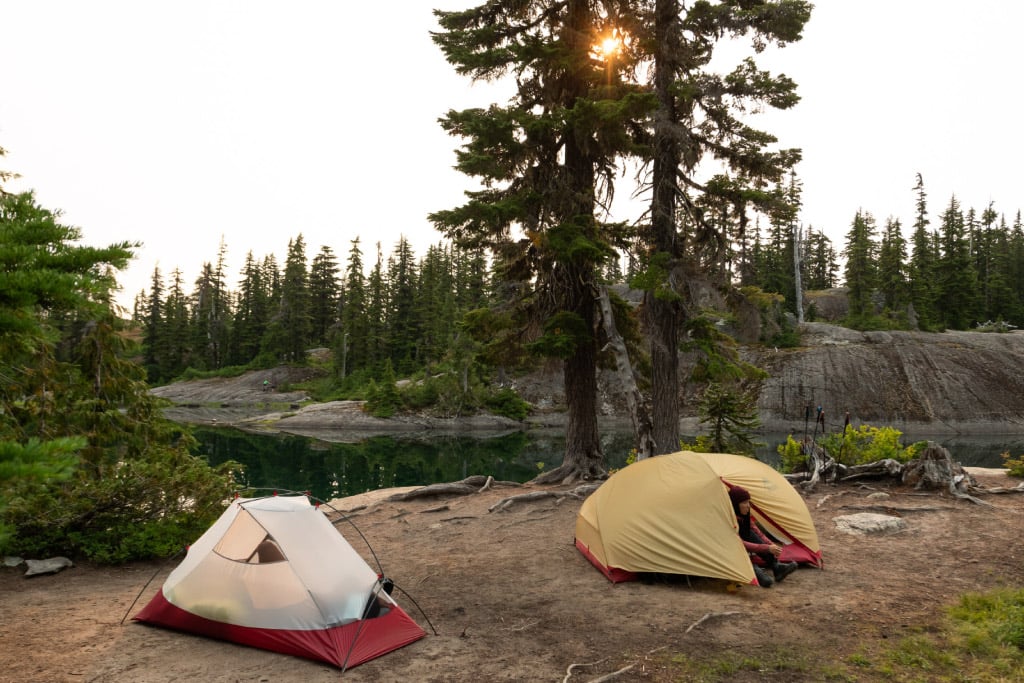
3-Season Tents
Spring treks, summer backpacking trips, fall campouts—most typical outdoor adventures call for a 3-season tent. 3-season tents are designed primarily to keep your pack light while still offering protection from bugs, wind and rain. Because of this, they’re often built of lighter fabrics and feature more mesh for breathability and airflow. They also typically use a double-wall construction (tent body + rainfly) for greater versatility.
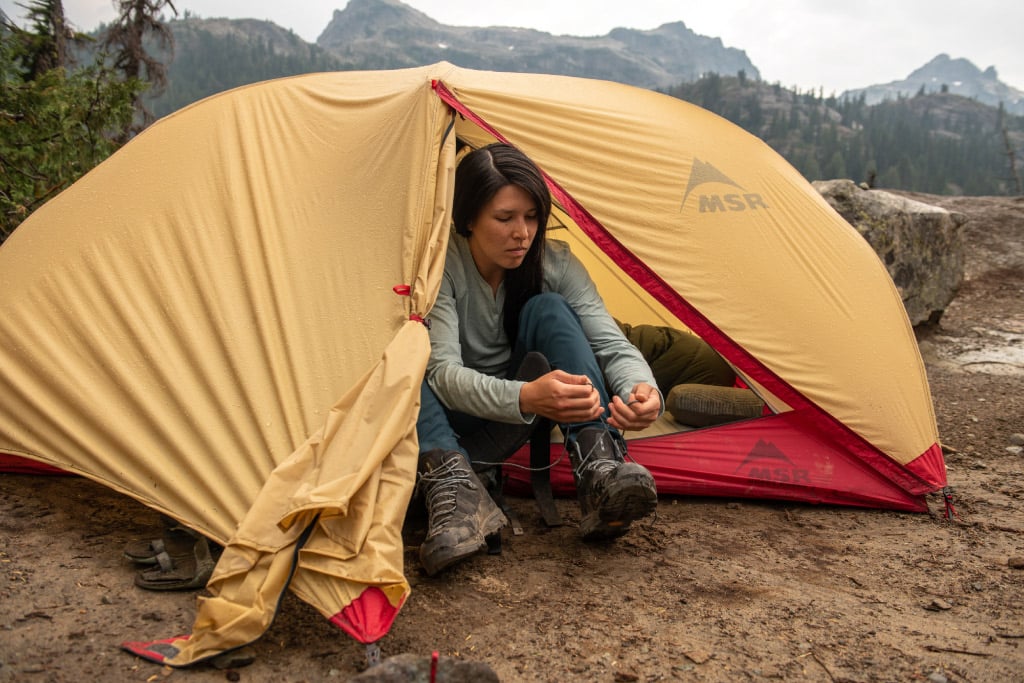
3-season tents can range from featherweight models for fast-and-light backcountry travel to beefier and warmer models that are great for frontcountry camping. Most can handle pounding rain and light dustings of snow, but the lightest-weight models are not great for extended periods of harsh weather.

4-Season Tents
The main job of a 4-season tent is to keep you safe from extreme weather. Therefore, 4-season tents must be strong and sturdy. They feature rigid shapes and pole geometries that allow them to bear substantial snow loads and powerful winds. They also feature more durable fabrics as the snow, ice and rock of the alpine environments where they are most commonly used can be ruthlessly abrasive.
Because warmth is also important, 4-season tents greatly reduce or eliminate mesh on the tent body. Some feature mesh “windows” that can be zipped shut to seal out the elements. The addition of snow flaps around the tent’s perimeter on some models prevents snow and cold air from blowing inside.
All this fortification must be balanced with strategic ventilation options to manage moisture and prevent condensation build-up.
To accommodate adventurers in bulky winter gear, 4-season tents are generally a bit roomier than a typical backpacking tent. Many models also feature a large hooped vestibule to create the added space needed to store weeks’ worth of climbing gear. At the other end of the four-season spectrum, single-wall tents are built for the most extreme conditions in hard-to-get-to places. With only a single waterproof fabric wall between you and the elements, they sacrifice some breathability and space for an ultralight pack weight and small footprint. They can be pitched on a hacked-out snow ledge without undue hassle at the end of a long day, making them the go-to shelter for high camps and ultralight alpine objectives. If you need more guidance on choosing a winter tent, check out our guide here.
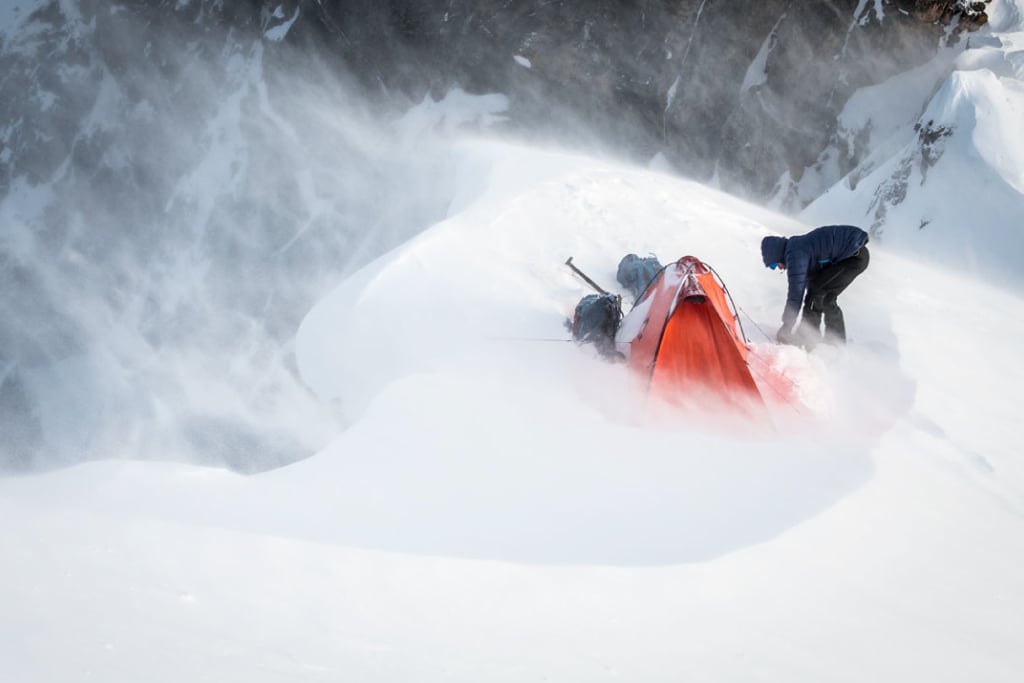
All MSR winter tents come in bold, bright colors to make it easier to locate your tent in a storm.
As you can see, it’s not the season but rather the environment that dictates your choice of tent.
So whether you plan to spend the winter backpacking in the southwest or a summer camped out on a remote Alaskan glacier to climb new routes, there is a tent that’s engineered for you.
Related Posts:
Updated. Originally Published December 10, 2020.

